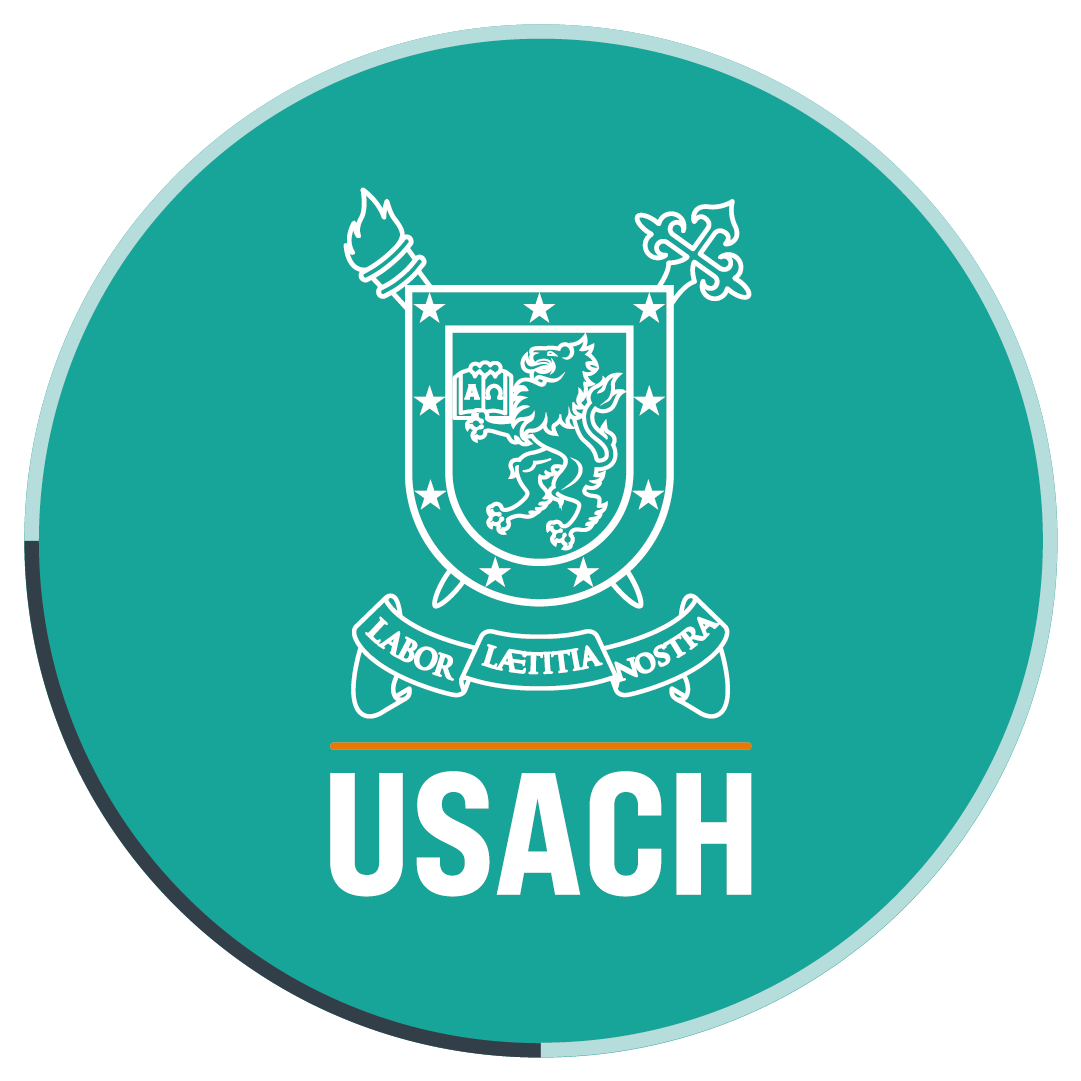Researchers propose new index of cerebral blood flow autoregulation
- A new index is the result of the study conducted by a research team at the Department of Informatics Engineering of Universidad de Santiago, led by Dr Max Chacón. This may be a great contribution to improve early detection and measurement of neurodegenerative diseases, like amyothrophic lateral sclerosis, Alzheimer’s disease, Parkinson’s disease and other alterations in cerebral hemodynamics, including cerebrovascular accidents, and subarachnoid hemorrhages, among others.
Cerebral autoregulation is a mechanism which aims to maintain stable cerebral blood flow, despite of the changes in blood pressure.
In order to measure this mechanism, the Aaslid Tiecks method is widely used, but it is not accurate and sometimes it provides false positives that make difficult to differentiate between healthy and sick subjects.
During the study conducted by academics of our University in partnership with the Department of Cardiovascular Sciences at the University of Leicester (United Kingdom), when the new model was applied to 16 healthy men, promising results were observed.
This new index uses two parameters that are obtained directly from the response signal of the brain to a decrease in arterial blood pressure caused by the sudden release of bilateral thigh cuffs, and a third parameter that measures the difference between the gradient of this response and the change in arterial blood pressure.
“This new index means an improvement in the whole system. The former index did not allow differentiating between healthy and sick individuals in a correct way. When you see the results of the tests, there is an improvement in the evaluation of healthy subjects. The next challenge is to test the index in pathological cases, to confirm the results already obtained,” Dr Chacón said.
University support
Professor Chacón stressed that the study was “completely conducted at the university.” He also highlighted the support that they received from Universidad de Santiago, as the study was brought forth thanks to the contribution of the Department of Scientific and Technological Research and the Department of Informatics Engineering.
Besides, professor Chacón expressed his gratitude to his work team, made up of Dr José Luis Lara, co-author of the study and professor at the Department of Informatics Engineering, and Dr Ronney Panerai, also co-author of this work and professor at the University of Leicester. The researcher also thanked Dr Gonzalo Acuña and Dr Millaray Curilem, both professors at Universidad de la Frontera, who did not formally take part in the study, but contributed to make this research a reality.
Publication of paper
The study results were published in the paper ‘A new model-free index on dynamic cerebral blood flow autoregulation’, where the new index is proposed. It represents a breakthrough in medicine.
The paper was also published by Plos one, one of the most important scientific journals around the world. According to Dr Chacón, this journal is one of the fastest means to publish, so it provides a way to disseminate the results of his work.
He explained that his work “should have a big impact because it is a useful tool at the service of medicine. As it is useful and shows concrete results, the paper might be cited in several occasions.”
Translated by Marcela Contreras

